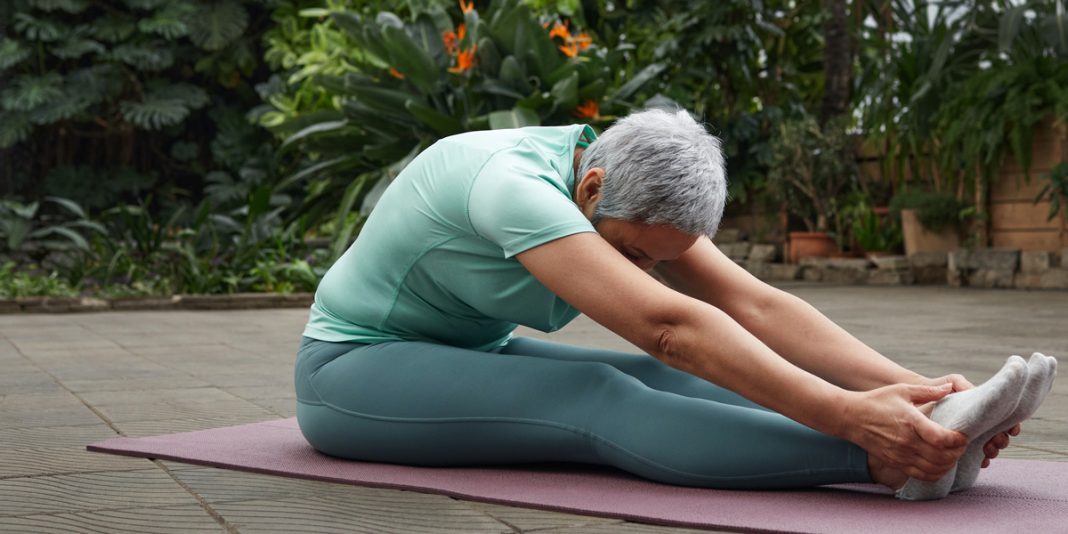Anxiety in Ayurveda is seen as an energetic imbalance of the nervous system.
Anxiety is understood to be caused by the imbalance of the Vata Dosha causing pranic vibrations in the nervous system that manifest as anxiety at the body-mind level. Thus, in Ayurvedic terminology, anxiety is understood as subtle tremors of the nervous system due to erratic flow of air currents in the body, an attribute of a high vata state. The prime seat of vata is in the colon and bones, thus most bone-related conditions are seen as a manifestation of Vata Dosha.
Physically, Vata’s generally have a thin body frame and a high nervous energy flow manifesting in body-mind symptoms like dryness, arthritic conditions, insomnia, mood swings, and anxiety. From the perspective of yoga practice, bringing in the opposite qualities helps balance Vata personality types. Since being impulsive, anxious, and erratic is the natural manifestation of high Vata condition, using grounding, gentle, warming, and stabalizing practices creates balance and harmony.
Asanas for the Vata Dosha: Since the seat of Vata is the lower abdomen, colon, large intestine, and pelvis, working on these areas helps balance Vata energy. Also, at the mind level, disturbed Vata shows up as anxiety due to its turbulent effect on the nervous system. Thus, the yoga practices for Vata Dosha must be gentle to calm down the erratic flow of Vata energy, while also strengthening the areas which are the seat of Vata.
These following asanas work on the body-mind level to release the physical manifestations of anxiety and target the root area where anxiety builds up:
• Pada Hastasana (Standing Forward Bend) – Releases the strain caused in lower back as a manifestaion of dryness and brittleness building up.
• Paschimottanasana (Sitting Forward Bend) – Targets the lower abdomen, the seat of vata to release excess gas (vata) & strengthen lower abdominal organs.
• Sasankasana (Child’s pose) – Creates compression in the pelvis which is the seat of vata. At the physical level it helps deal with the manifestation of vata in the pelvis that shows up as menstrual concerns, chronic gas, and constipation.
• Dhanurasana (Bow)– Stretches the lower back while stimulating the pelvic region providing relief in vata aggravated conditions.
• Pranayama – Builds nervous energy and regulates the pranic currents in the nervous system to provide relief from anxiety.

